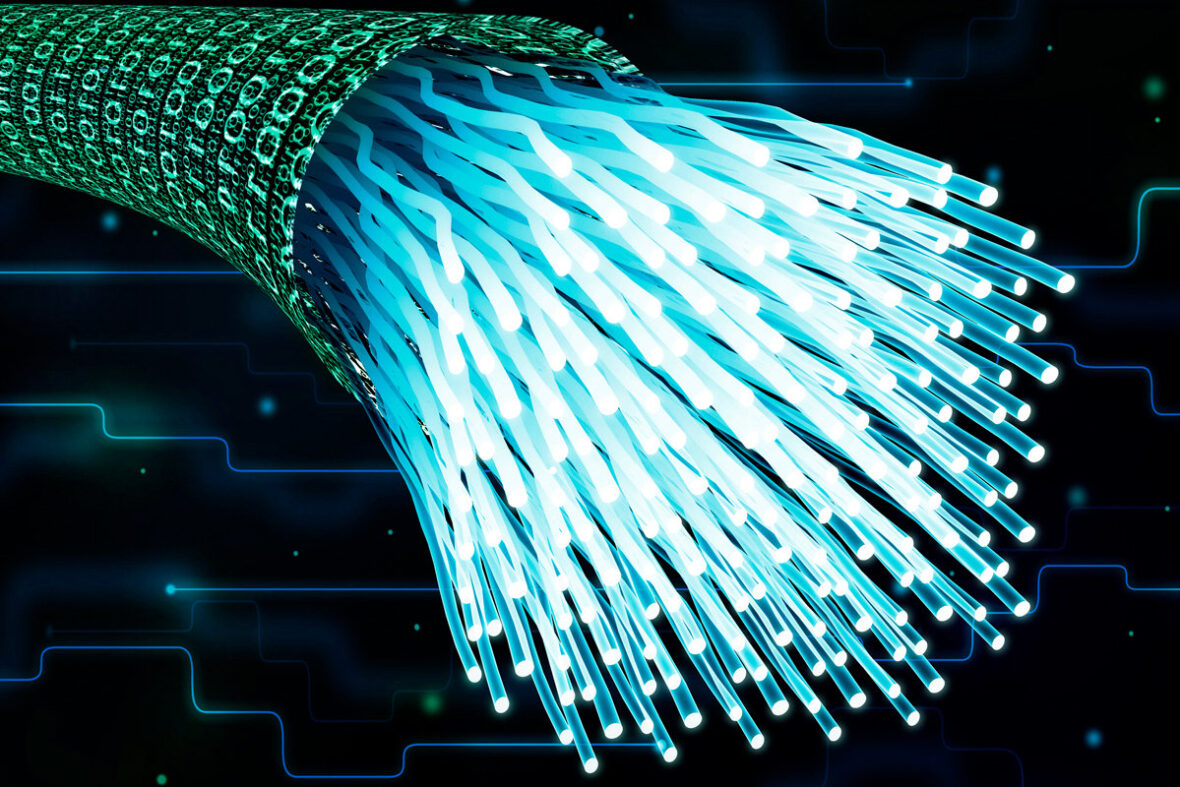You’re in search of a fast and reliable internet connection? Fiber optics is your answer! It provides support, speed, and greater image quality. Enough reasons to start changing your copper cables with fiber optics. Fiber optics conducts data, voice, and images. How? Through light and thin, transparent fibers! Fiber optic technology has virtually replaced copper wire in telecommunications, but that’s not all. It’s also been used for connecting local area networks, in medicine as a base of the fiberscopes, and in products’ manufacturing for their thorough check-up. Take a look below for 30 interesting and awesome facts about fiber optics.
1. Since Ancient Rome glass has been drawn into fibers, but fibers weren’t used for communication until the 1790s, when the optical telegraph was invented.
2. Alexander Graham Bell invented an optical telephone system by the 1880s, which lead to the creation of the fiber cabling in the 1950s.
3. After being introduced in the 1950s, fiber optics was widely used in the field of medicine to help in the imaging and illumination components of endoscopes. Endoscopes helped doctors see the human body from the inside.
4. A certified fiber optic technician found out that the same technological principle can be used in telecommunications a decade later.
5. Charles Kao and George Hockham, electrical engineers working in England, proposed the use of fibers for telecommunication in 1966.
6. In the next two decades, silica glass fibers were produced with the necessary purity that infrared light signals could travel through them for 60 miles (100 km) or more without having to be enhanced by repeaters.
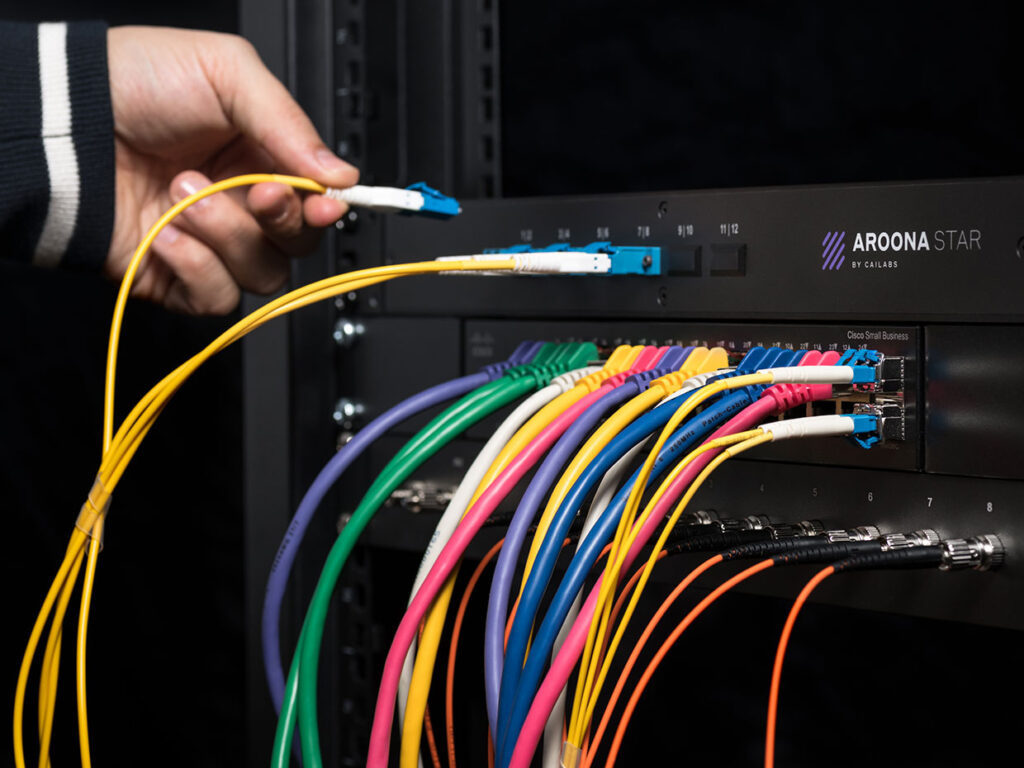
7. The Nobel Prize for physics was awarded to Kao in 2009 for his work. Plastic fibers, as opposed to glass fibers are cheaper to produce and more flexible.
8. The fiber optics has three elementary parts, the core, the cladding, and the outer coating.
9. The core is usually made of glass or plastic, but depending on the wanted transmission range, sometimes other materials can be used.
10. The light is transmitted through the core of the fiber.
11. How does light pass through the cable? In the same way as when you shine a torch down a narrow shaft.
12. When using fiber optic cables, we’re spending less energy, which means lower emissions and greenhouse gases.
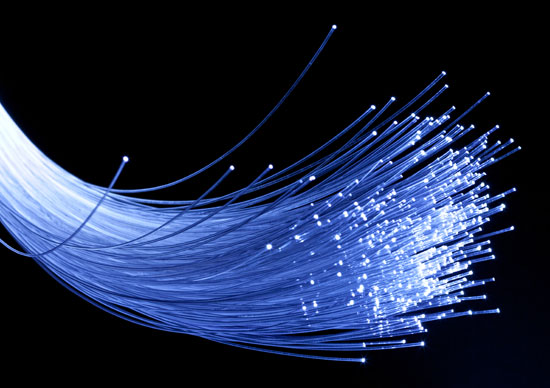
13. The amount of energy necessary to send a flash of light through a fiber optic cable is considerably less than the amount of energy essential to send an electrical signal through copper cables.
14. Also copper and other forms of metal wiring have their boundaries. If drawn to tin they can break.
15. Fiber optics unlike other forms of metal wiring can be made much thinner and smaller. It’s also light and cheaper to work with.
16. Bandwidth is fiber optics’ greatest advantage. Because of light’s wavelength, it is feasible to transmit a signal that contains considerably more information.
17. Even though fiber optic cables are made of glass, they’re not that fragile. Fiber optic cables can endure up to 200 pounds of pulling tension compared to category rated Ethernet cables that can only endure 25 pounds.
18. Normal glass optical fiber has a diameter of 125 micrometers, or 0.125 mm (0.005 inches).
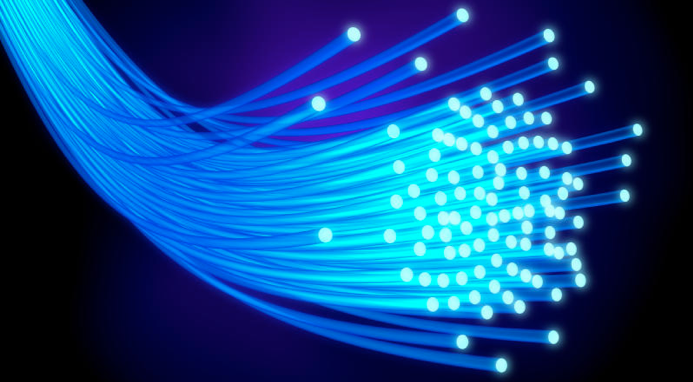
19. The center, or inner conducting cylinder, may have a diameter as small as 10 micrometers.
20. Fiber optics doesn’t need a connection for grounding. It’s free of ground loop problems due to the fact that both the transmitter and the receiver are isolated from each other.
21. Fiber optics is resistant to electromagnetic interference and they don’t cause other interferences because they emit no radiation themselves.
22. If there’s a light source at one end and a collection of fibers gathered together, areas that are difficult to reach can be illuminated.
23. They can also be used as an exhibit sign or simply as illumination used for decorative purposes.
24. Fiber optics doesn’t conduct electricity. So, you won’t suffer burns!
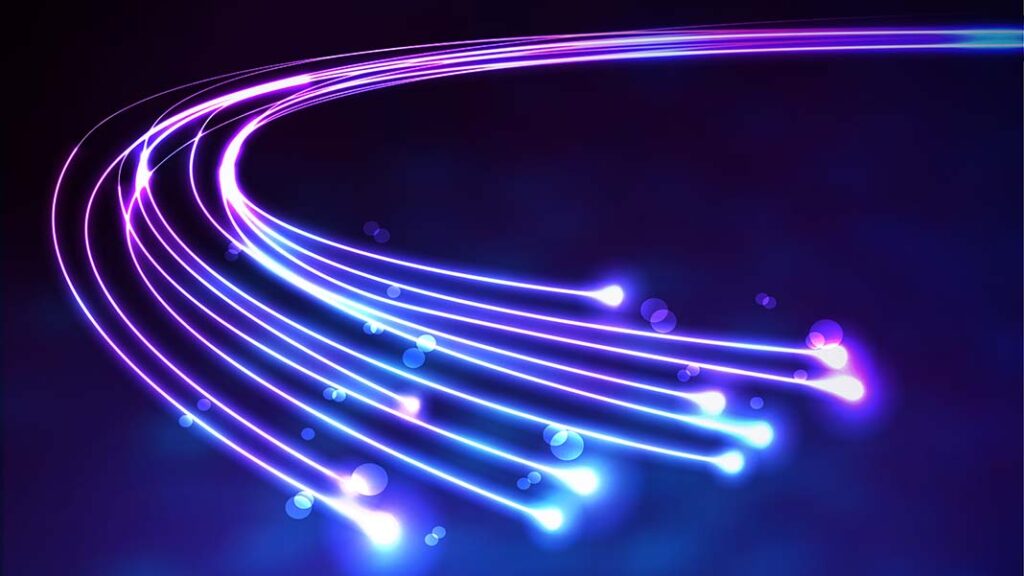
25. Weather change! Fear not! Fiber optics is not affected by the weather. It doesn’t impact on its ability to perform because they transmit light, not electricity.
26. Fiber optics is environmentally advantageous, energetically efficient, and more sustainable than traditional cabling.
27. Because of its limited tolerance to electromagnetic currents metal wiring has a limited lifecycle. The cables deteriorate over time until the point at which they need to be replaced. The lifecycle of fiber optics is endless and the optics can be upgraded without ever having to modify the cable.
28. Fiber optics is secure and doesn’t radiate electromagnetic energy. Hence any information being transferred can’t be easily interfered with.
29. Silicon dioxide, a material comprised of silica and oxygen is used for the fiber optics technology. Those are two of the richest elements found on Earth. Actually, the Earth’s crust is silica that’s made up of rocks.
30. In 1977, Long Beach, California was the first U.S. city to send telephone traffic through fiber optic cabling in 1977. First-generation fiber optics was used to send the traffic at 6 Mbit/s.

